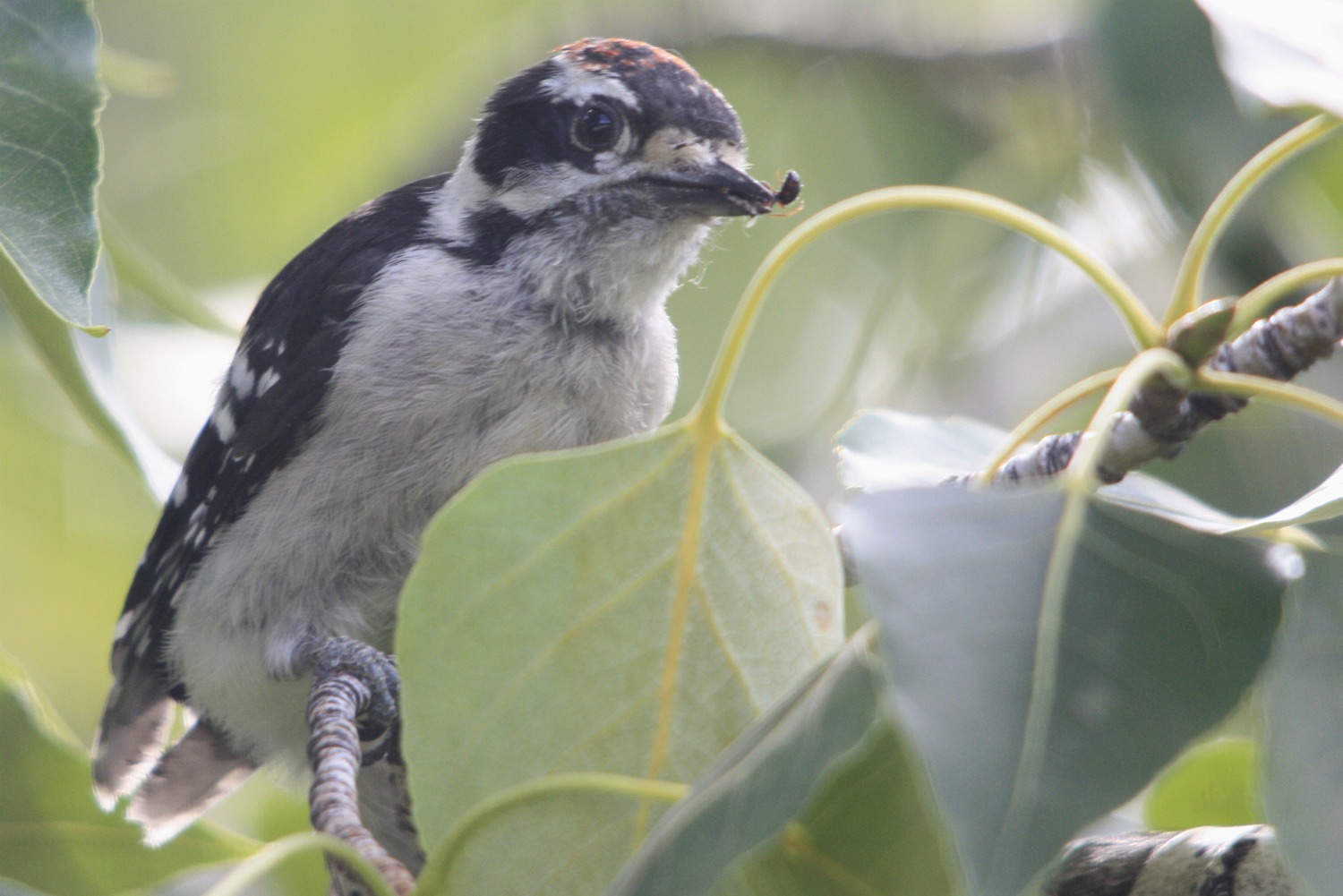August means migration for many birds here in Calgary while others are having a second brood of young ones or are concentrating on raising their first brood. This month’s birds are:
1. Common Loon
Best known for its lonely echoing calls that are considered by most people to be heard in unspoiled wilderness. The Common Loon has a seemingly star-studded back, a white necklace and a bright red eye that stands out in the right light. The Common Loon can stay underwater for long periods, up to a minute while feeding and longer if the bird is escaping from danger. Common Loons inhabit clear, open lakes where there are few people and plenty of fish. They can be seen in the mountains, foothills, parkland and boreal forest but are few in the grasslands.

2. Western Meadowlark
A stocky bird with a grayish brown back and a yellow breast with a black V on the bib, the male Western Meadowlark delivers a rich melodious song from posts in the grasslands. The Meadowlark breeds where there is a thick growth of weeds and grasses, laying 3-7 white eggs. The male bird is beautiful and defends his territory with various displays. Look for the Meadowlark in grasslands around Calgary.

Image courtesy Wikipedia
3. Yellow-headed Blackbird
Our third bird is the loud and noisy Yellow-headed Blackbird. The male is easily recognized by his bright yellow head and neck, black eye patch and white wing patch. the female is brown and mottled with a faint yellow head. The Yellow-headed Blackbird nests in the same marshes as Red-winged Blackbird and will displace the smaller Red-winged Blackbird from the prime nesting spots. The yellow-headed Blackbird is easy to see at Frank lake.

4. Black-crowned Night-Heron
A small stocky heron that at times appears to have no neck, the Black-crowned Night-Heron has a greenish black crown and long slender white head plumes. Most active at night, the Black-crowned Night-Heron was not observed in Alberta until 1958; it is now a local breeder. these herons colonize large bodies of water with dense emergent vegetation; I have seen them at Frank lake every time I have gone there during the spring and summer.
5. Peregrine Falcon
Our final bird this month is the speedy Peregrine falcon.One of the swiftest birds in the world when diving at prey, it can attain speeds of over 300km/h when diving. The adults are blue-grey above with barred underparts and a dark head with thick sideburns. One of the most widespread birds in the world, the name peregrine means ‘wanderer’ and the Peregrine falcon has one of the longest migrations of any North American bird. Look for this fast falcon nesting on the U of C campus and at shorebird concentration spots like Weed lake, where a Peregrine will hunt the migrating shorebirds.

Image courtesy Wikipedia
These are our 5 birds for August, see which ones you can find! We will have our final must-see birds post on September 1.
Posted by Matthew Sim




















